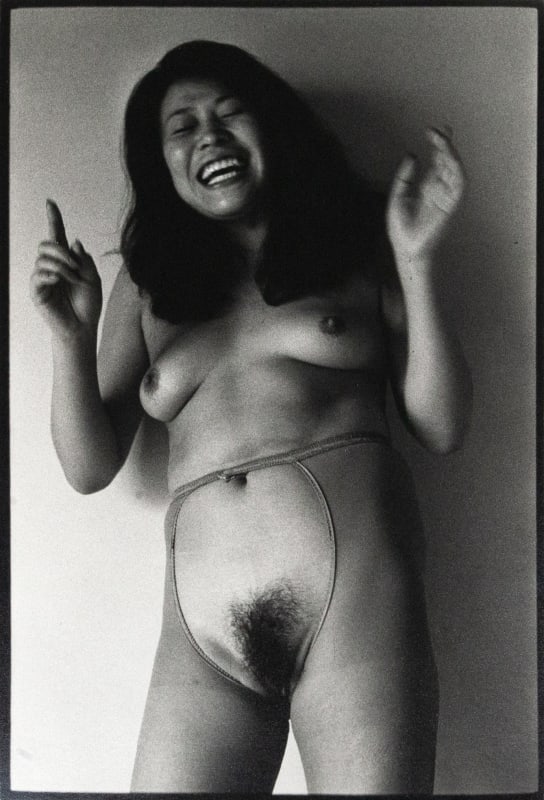Photographer Masaki Nakagawa was born in Okayama Prefecture in 1943.
After the war, he moved to Ashiya city in Hyogo Prefecture, where he attended Konan Junior and High School and graduated from the Faculty of Literature at Konan University in 1967.
He has been interested in film and photography since his childhood and began taking photographs seriously while still at university.
After graduating from university, he worked for an advertising production company before becoming a freelance photographer, specialising in fashion-related advertising photography and publishing his work in camera magazines.
In 1974, his nude series "Kamome" (“The Seagull”), published in Asahi Camera, was selected for Photokina 1974 in Cologne, Germany. In 1981, he won the 32nd Newcomer's Prize from the Photographic Society of Japan for three solo exhibitions, including ‘From the City on the Periphery’ (Shinjuku and Osaka Nikon Salons).
From then until his final years, he held solo exhibitions in Japan and abroad and participated in many group exhibitions, focusing on the motifs of the city and the nude.
In the 1980s, he published the portfolio-style photo collections “IREZUMI” ("tatoo") (Nihon Geijutsu Shuppansha, 1983) and and ”Homeuta - Umibenite" ("Ode - On the beach") (Nihon Geijutsu Shuppansha, 1985)
He began working with large-format Polaroids at the end of the 1970s, experimenting with unique techniques such as the “High Priest” series of portrait photographs using a combination of pinhole camera and large-format Polaroid.
He also developed the Air Filter System, a photographic system that uses air as a lens and filter, as a development of the pinhole camera, deepening the principle thinking and practice surrounding photography.
From the late 1980s onwards, he produced prints from destroyed glass negatives and three-dimensional works in which he physically processed film, sealed it in glass bottles and combined it with light sources, optical fibres and other objects, developing work that explored the interface between photography as an “optical image” and human vision in various forms.
In parallel with production, from the early 1980s he continued basic research on images with an eye to optics and electronics, and wrote and lectured extensively on image technology. In 1997, he formed and presided over the “Society for the Study of Image Culture” with specialists and critics in the fields of optics and electronics. He also showed an early interest in the Internet and was involved in distance learning via the Internet at the Kuwasawa Design Institute.

